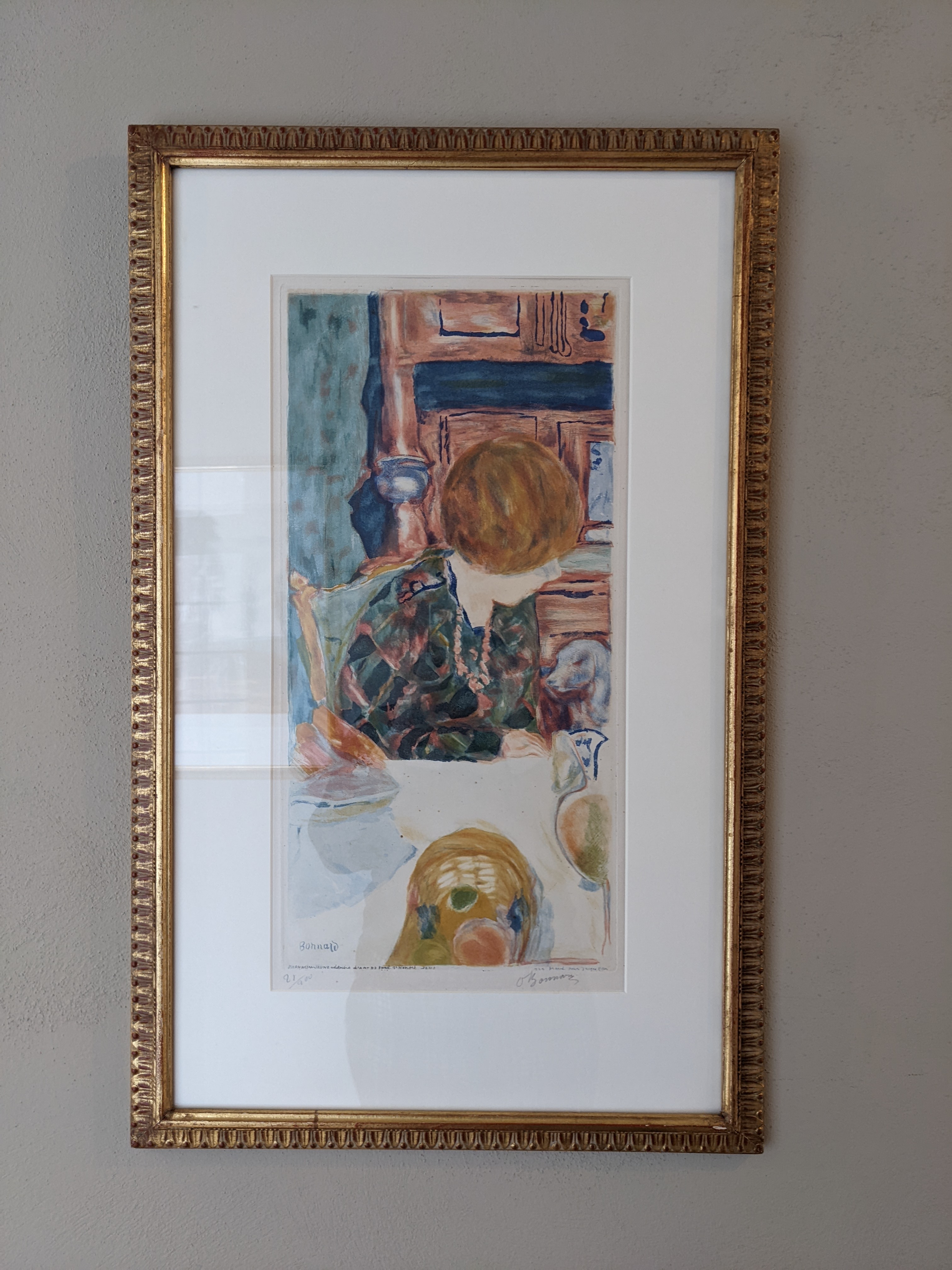

Every set of parents passes things on to their children, whether it be eye color, sense of humor, or the family business – Evert “Hud” Weeks took up the mantle of CEO of Armand when Carl stepped down in the 1950s. For other families certain talents are nurtured and skills are taught, and for the Duchamp siblings art was practically in their blood.
During the mid-1870s and late-1880s Gaston, Pierre, Marcel, and Suzanne Duchamp were born in Normandy in France. Their maternal grandfather Émile Frédéric Nicolle would be the one to teach them about art early on, and as each sibling grew older they developed their own separate but parallel artistic styles.
Suzanne, the youngest of the four, became a painter heavily involved in the Dada movement in Paris. Her artistic career spanned 50 years, and despite her influence at the time she was not given much though because she was a woman. Instead, she and her artwork lived in the shadow of her older brothers.
She was closest to Marcel, who was only two years older than her. Marcel was a painter and sculptor, who in the 1910s decided to abandon the world of “retinal art” – which was any art form that was strictly visual – and was instead looking to create art that was for the mind. This developed a variety of different ways in his works, but most notably with the production of his readymades. These were typical, every day, premade objects that Marcel would make relatively minor adjustments to (change the way it is positioned, sign his name on it, etc.) and call art as a way of testing the definition of what art is. He began producing readymades in 1913, when he mounted a bicycle wheel upside down on a stool his studio.
Pierre had not originally intended to become an artist and had been studying medicine in Paris 1898 when an illness required him to take a break from his studies. It was at this time that he took an interest in sculpture and began to teach himself. He would go on to become a notable Cubist sculptor, working under the name Raymond Duchamp-Villon, before passing away of Typhoid Fever in 1916.
Gaston, the oldest of the siblings, would also work under a different name – Jacques Villon. While Pierre was studying as a medical student, Gaston lived with him and studied law. He was a Cubist and Abstract painter and printmaker, who received several honors of the course of his career. He adopted the name Jacques Villon – naming himself after the medieval French poet Francoise Villon – to differentiate himself from his siblings.
All four siblings have works on display in museums all over the world, and Salisbury House has a number of Jacques Villon pieces on display in the second-floor hallway. They are a series of aquatints that copy pieces by artists who were in the Duchamp siblings many art circles – such as Henri Matisse, Cezanne, and Marie Laurencin.
Check out our website for up-to-date hours and tour times if you would like to see the full series in person.

